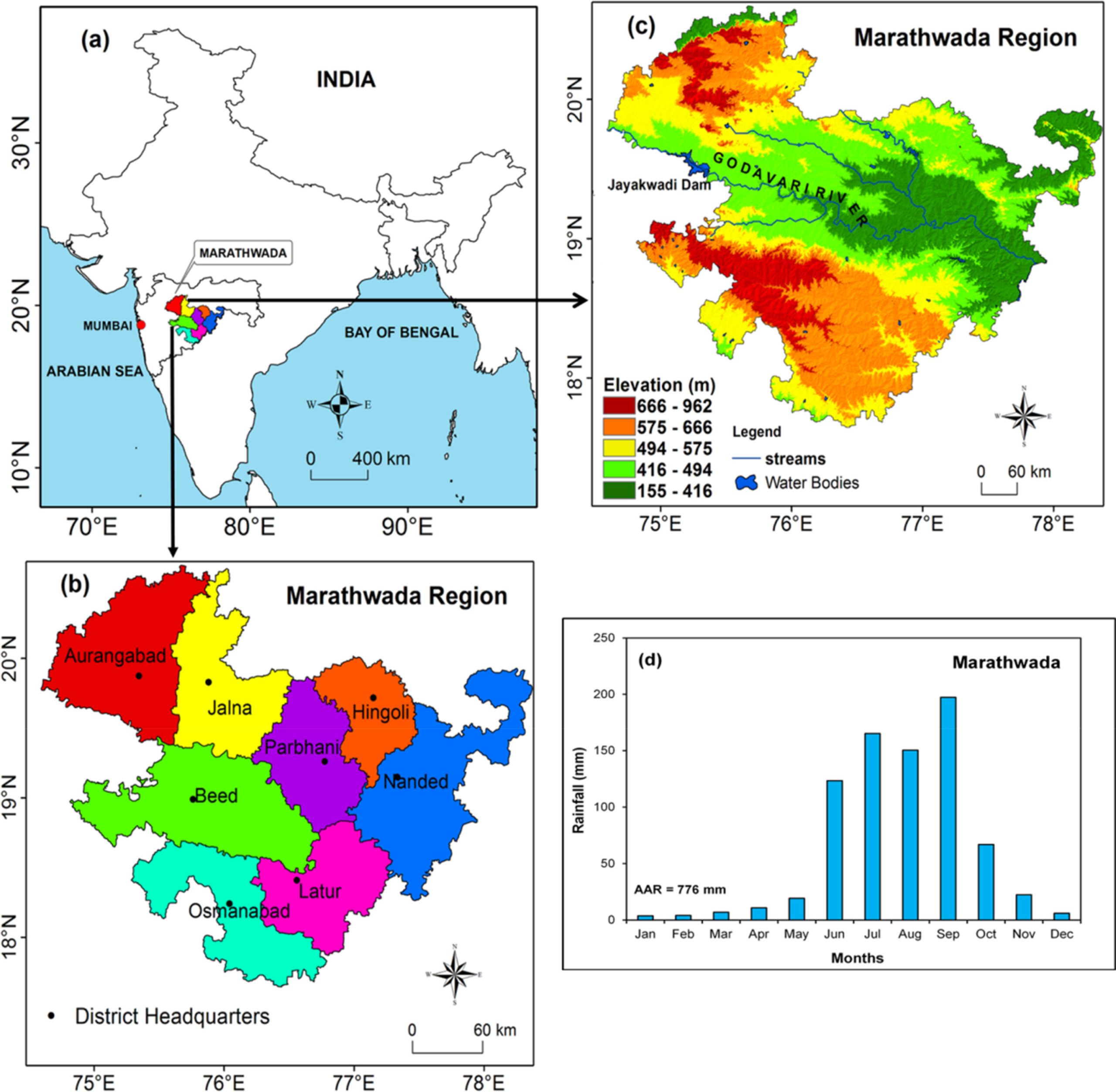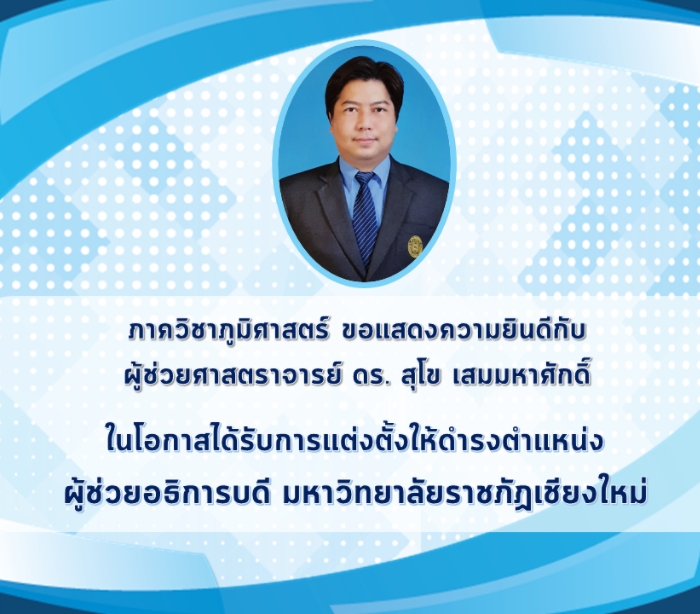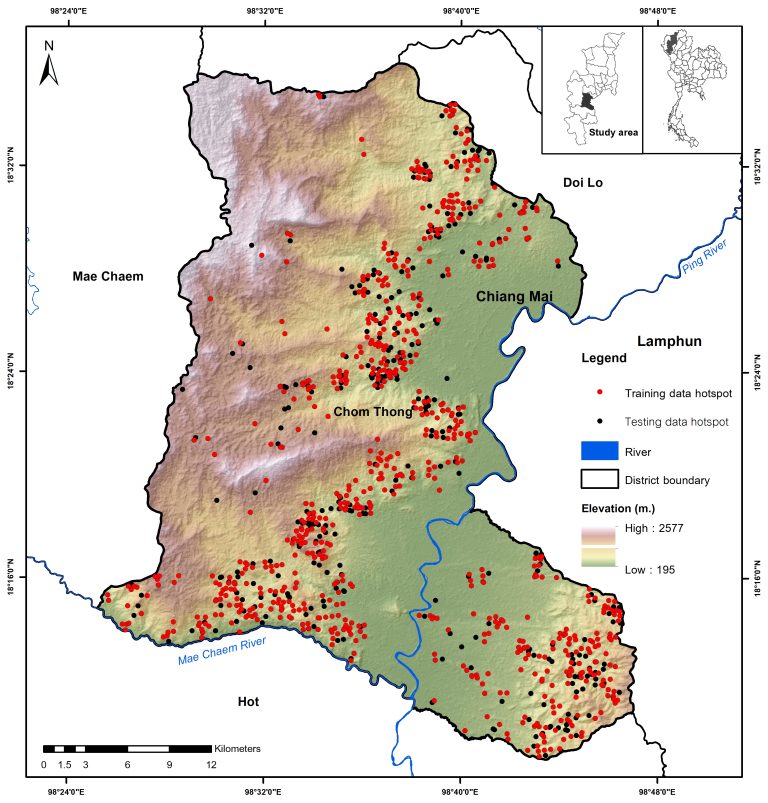Mapping of groundwater potential zones in a drought prone Marathwada Region using frequency ratio and statistical index methods, India
Uttam Pawar, Worawit Suppawimut and Upaka Rathnayake
https://doi.org/10.1016/j.rineng.2024.101994
Abstract
Groundwater potential investigation is one of the most significant and crucial aspects in arid and semi-arid regions like Marathwada. Marathwada is often susceptible to water scarcity and drought due to monsoon variability. Therefore, it is indispensable to identify groundwater potential zones (GWPZs) to meet human needs. The present research used the frequency ratio (FR) and statistical index (SI) models to recognize the GWPZs in the region. Accordingly, eight factors such as geomorphology, elevation, slope, geology, drainage density, rainfall, soil types, and land use/land cover applied to delineate GWPZ in the Marathwada region. About 309 wells in the study area were randomly subset into training (70%) and testing (30%) datasets. The GWPZ maps were classified into the five zones of groundwater potential (very low, low, moderate, high, and very high). The FR showed about 53% areas having the very high potentiality of groundwater, whereas 11% area comes under a low potentiality of groundwater. However, SI model showed 65% areas having very high potential of groundwater, while 8% areas fall in a category of medium potentiality of groundwater. The most substantial GWPZ observed in central eastern part of the region with low elevation and slope, pediment pediplain complex areas with high rainfall covered with Chromic Vertisols (Vc) soil. The results of the receiver operating characteristic (ROC) and the area under the curve (AUC) revealed that the performance of the SI model (AUC = 75.14%) is better than the FR model (61.20%). Therefore, the SI model is most suitable to identity and map the GWPZs in the study region. The outcomes derived from this model are appropriate for groundwater resources management and planning in the semi-arid Marathwada region.




